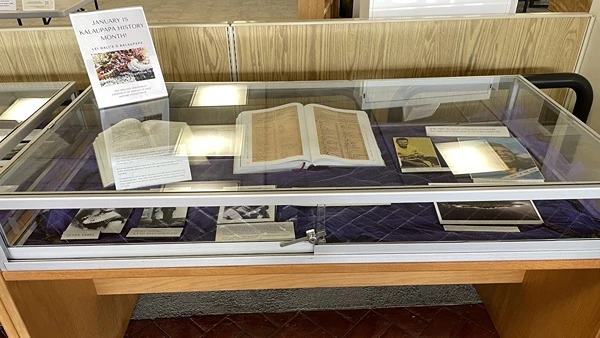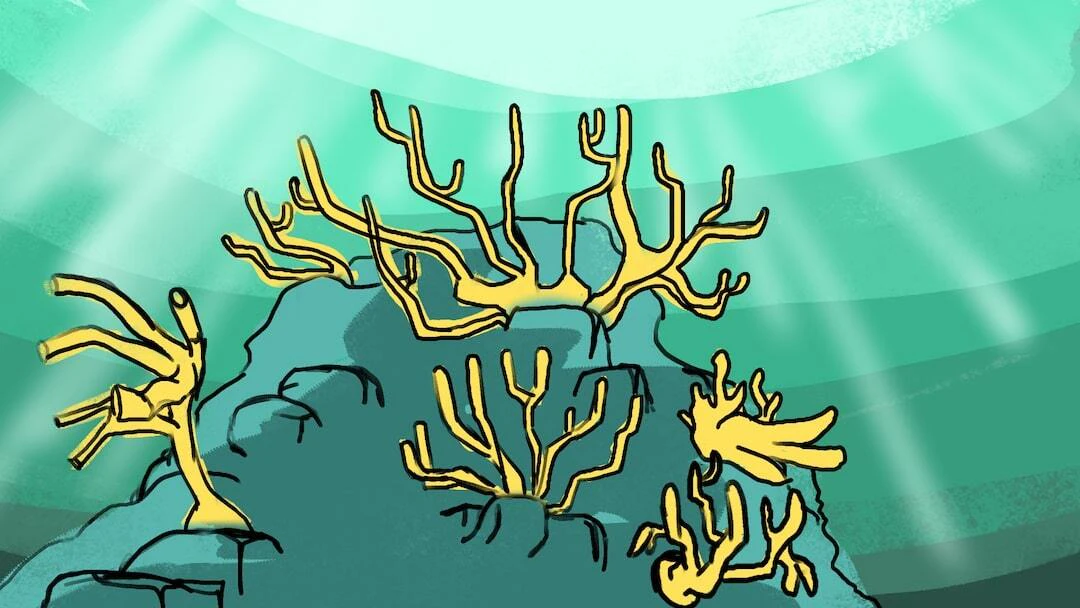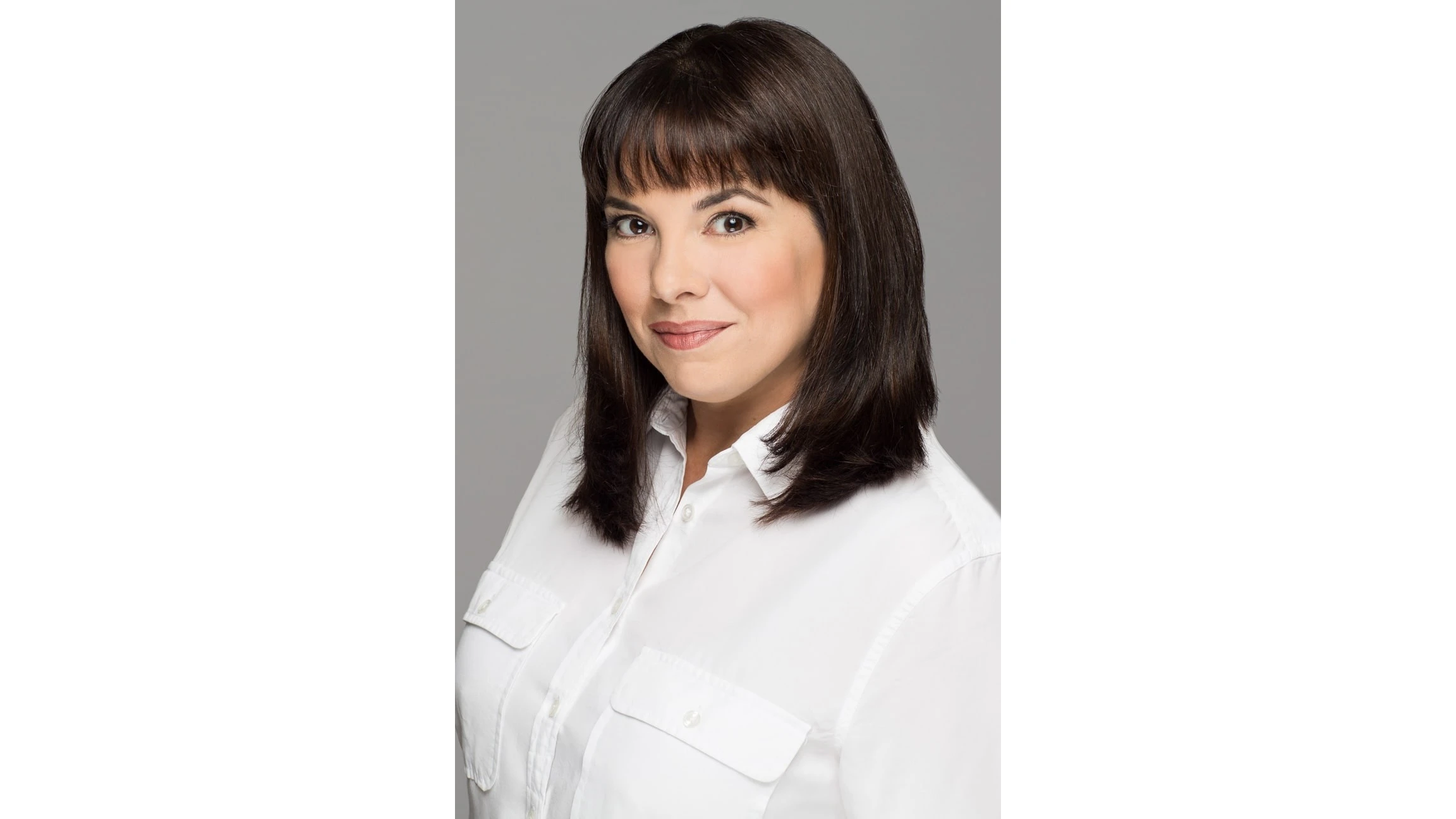Kalaupapa Month started in 2021, as a way to remember the approximately 8,000 people with leprosy, now called Hansen’s disease, who were sent to the isolated Kalaupapa Peninsula on Molokai starting in 1866. Professor Kerri Inglis, who studies the history of health, disease and medicine at the University of Hawaiʻi at Hilo, worked with Hui Mālama Makanalua — a group of university students, staff and faculty that have joined Inglis on service learning trips to Kalaupapa Peninsula in the past — to create an exhibit commemorating the month for the Edwin H. Mookini Library.
The exhibit includes background on the history of Kalaupapa and how individuals with Hansen’s disease were separated from their families and sent there. It includes examples of petitions and letters written to the board of health, as well as patient biographies. The exhibit also references letters between Queen Emma and her cousin, Peter Kaeo, who was a patient at Kalaupapa for several years.
“What we did this year is try to highlight patients’ voices and their stories,” she said.

In 2021, the legislature declared January Kalaupapa Month, commemorating Jan. 6, 1866, which was the day that the first 12 residents with Hansen’s disease were sent to Molokai starting in 1866. The state legislature repealed provisions of the law requiring the segregation of individuals with Hansenʻs disease in 1969.
Inglis started studying Kalaupapa when she was an undergraduate student and was introduced to the history of Kalaupapa in the ’90s “and my kumu offered what he could, but it was really focused on Father Damien and Mother Marianne,” she said.
“I just had these continual questions about the patients and their lives and their experiences,” Inglis said. “Because of course as we know, close to 8,000 people were sent there, as a result of the disease. Even after I finished my undergraduate and went on to do other graduate school work that question was just always kind of lingering, so when I chose to continue my education and pursue a PhD, I knew that I really wanted to take up that question as part of my research.”

She went on to pursue a doctoral degree from the University of Hawaiʻi at Mānoa where she focused on the history of Kalaupapa and the patient experience there. Today, she takes students to Kalaupapa National Historical Park for five-day service trips.
“To take students over there is a lot of organization — a heavy lift in some ways — but it's so important because it's such a transformational experience to be there,” Inglis said. “We go simply to offer service to the community, which includes the National Historical Park.”
The three days in the center of each trip focus on service, which can include tasks such as removing invasive species, cleaning graves and helping in the museum.
“But all the while, of course, you're at locations across the peninsula,” she added. “And we're able to share the moʻolelo, the stories, of the place and of the patients and really build those connections and that sense of responsibility and sense of connection to the history.”
The trips have also introduced students to opportunities that extend after graduation, including internships and work at museums or in cultural resource management, she said.
“I think one of the things we need to remember is — despite the tragedies and the challenges faced by those who were sent to Kalaupapa and the peninsula as a whole, despite all of that — they found a way to form a community together, to persevere,” Inglis said. “One of the biggest things that I've learned from that community over the years is that they don't want us to forget their history. As hard as it is sometimes to revisit that. They want us to remember. They want us to learn from their past so that we don’t treat people that way again in the future.”
Currently, there are seven patients between the ages of 83 and 100 years old, according to an informational briefing led by several government agencies held on Molokai in October of 2024.
Katie Helland can be reached at katie@alohastatedaily.com.





